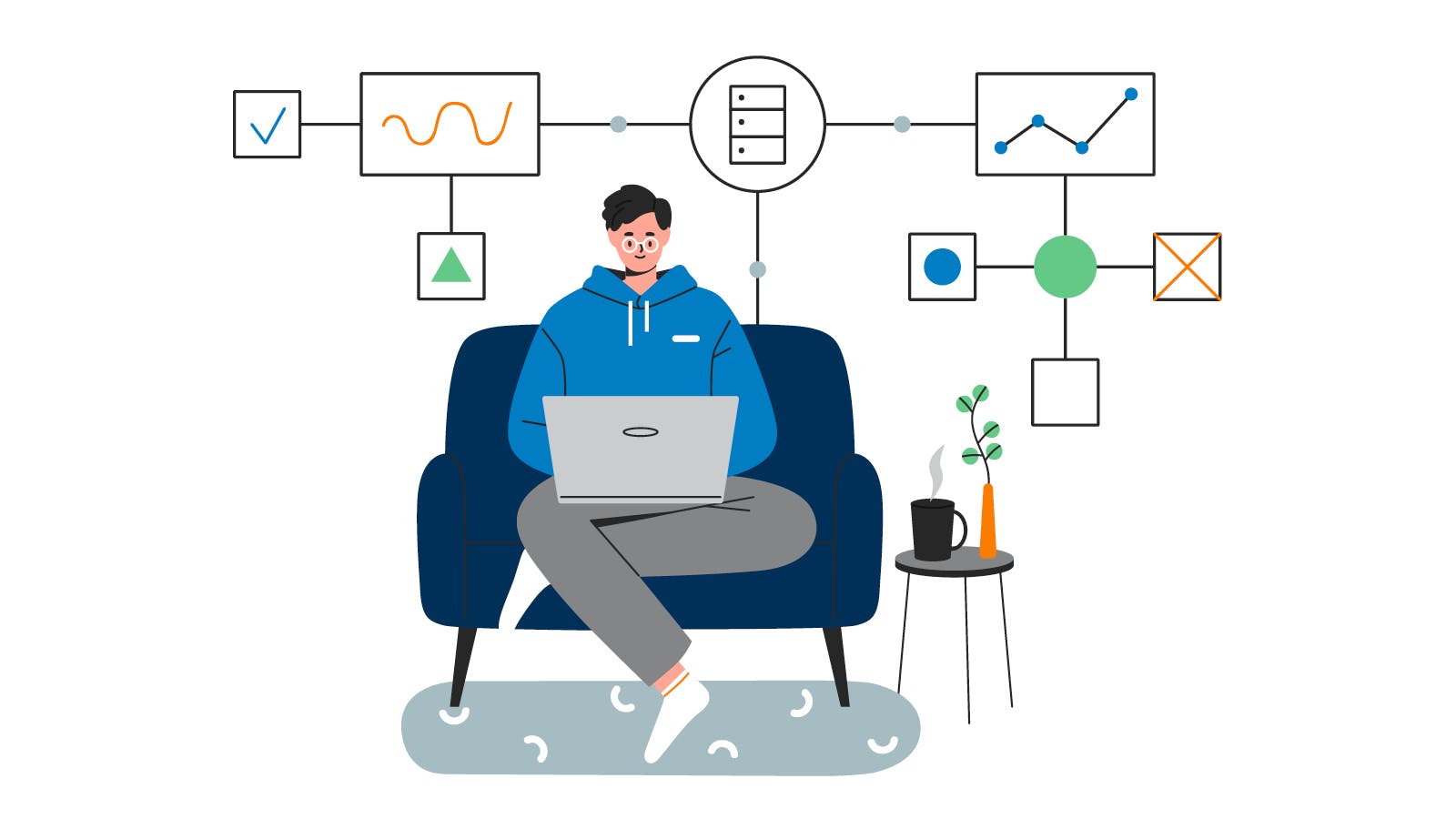So, you’re interested in taking out a mortgage loan. That means you understand your monthly mortgage payment breakdown like the back of your hand, right?
No, not just the amount you might pay each month. Are you clear on where exactly your money will be going?
Because, unfortunately, a whopping 88% underestimate just how expensive homeownership might be…
You don’t have to be caught off guard, though! The pieces of the mortgage payment puzzle are fairly formulaic. You may just need to study up a bit.
Understanding Your Monthly Mortgage Payment Breakdown
The most common factors of a mortgage payment are generally referred to as PITI:
- Principal
- Interest
- Taxes
- Insurance (both homeowner’s insurance and private mortgage insurance)
So, let’s flesh these out one-by-one:
Principal
When you think about taking out a loan, the principal is probably the first thing that comes to mind.
Principal: The original sum of money borrowed in a loan. In real estate, this is the amount your mortgage loan was “for”.
For example, maybe you take out a $100,000 home loan. That means that the principal amount you’re responsible for repaying becomes $100,000.
And that’s it, right? Unfortunately, for the majority of homeowners, we’re just getting started.
Interest
The next piece of your monthly mortgage payment breakdown comes in the form of interest.
Taking out a mortgage loan is a privilege. After all, your lender doesn’t have to give you a home loan. Lending money is risky! So, they’ll need to benefit somehow in exchange for allowing you to borrow their money. That’s where interest comes into play.
Interest: The monetary charge a borrower pays for the privilege of borrowing funds.
With interest payments, the lender will eventually end up with more money than they originally lent out. There’s their incentive to give you a mortgage loan.
So, each month, part of your mortgage payment will go toward the interest that accrues on your principal amount. In home financing, it’s usually expressed as a percentage.
Let’s take 7%, for example. That means that every year you’ll be charged an extra 7% of the outstanding loan amount.
So, let’s again imagine you owe $100,000. With a 7% interest rate, you’ll pay an extra $7,000 over the course of the year. Don’t worry — that sum will be broken up and factored into your monthly mortgage payments!
When it comes to interest rates and real estate, your home loan will fall into one of two categories:
Fixed-rate mortgage: A home loan with a set interest rate that does not change. It will remain the same over the entire life of the loan.
Adjustable-rate mortgage: A home loan with an interest rate that fluctuates as the market changes. You may pay more or less each month, depending on the market rate.
Either way, part of your monthly mortgage payment will go toward interest.
As you pay down more of your loan, though, you’ll notice that less and less of your monthly payment amount is eaten up by interest. That’s because interest is calculated based on the outstanding loan amount. That amount will be the highest at the start. As your outstanding debt dwindles, so will your interest payments.
Taxes
Uncle Sam may play a part in your monthly mortgage payment breakdown, too, as homeowners are responsible for paying property taxes.
Instead of waiting for the tax man to come knocking every April, some borrowers simply pay 1/12th of their annual property tax bill as part of their mortgage payment each month.
For example, let’s imagine your tax bill comes in at around $1,200 annually. Instead of paying that one lump sum, you could pay an extra $100 each month into an escrow account.
Escrow account:
A holding account managed by a neutral third party. That might be your lender or their loan servicing company. These professionals then take on the responsibility of helping you pay your property taxes and homeowner’s insurance over time each year. Note that you’ll probably need to pay a one-time fee to open the account and you will likely pay more than the amount owed annually for all escrow items which is called the “escrow cushion”.
By using an escrow account, your loan servicer will have the money ready for the tax collection agency as soon as it comes due. And you won’t be scrambling to afford that hefty check.
Homeowner’s Insurance
A home is probably one of your largest investments — both emotionally and financially. That’s why it’s so important to invest in protection.
You can legally own a home without homeowner’s insurance, but most lenders require it. That’s because these policies are pretty solid safeguards against unfortunate circumstances. Think break ins, natural disasters, fires, and other hazards.
For this piece of your monthly mortgage payment breakdown, you can either cut a check to your insurance company or pay monthly into your escrow account.
Mortgage Insurance
To wrap up your monthly mortgage payment breakdown, you may need to pay for at least one more policy.
That’s because some borrowers will also be required to get private mortgage insurance (PMI). You’re likely in this category if your down payment amount is less than 20%.
PMI: An insurance policy that protects the lender in case you default on your mortgage loan.
Think about it: They lent you a lot of money to purchase this property. It makes sense that they want to ensure they’ll make their money back.
It may not be forever, though! As you build up your home equity, you’ll likely reach a point where you can drop PMI. This is typically when your home’s loan-to-value ratio reaches 80%.
Loan-to-value ratio: A comparison between the amount of money borrowed and the value of the collateral property. LTV Ratio = Mortgage Amount / Appraised Property Value.
Understanding Your Monthly Mortgage Payment
So, there you have it! All the main puzzle pieces that go into your monthly mortgage payment breakdown.
Of course, the actual payment amount will depend on your goals, financial situation, and the home you have your eye on. So, running the numbers with a home finance professional should be your next step.
Happy mortgaging!
Published on October 21, 2025


